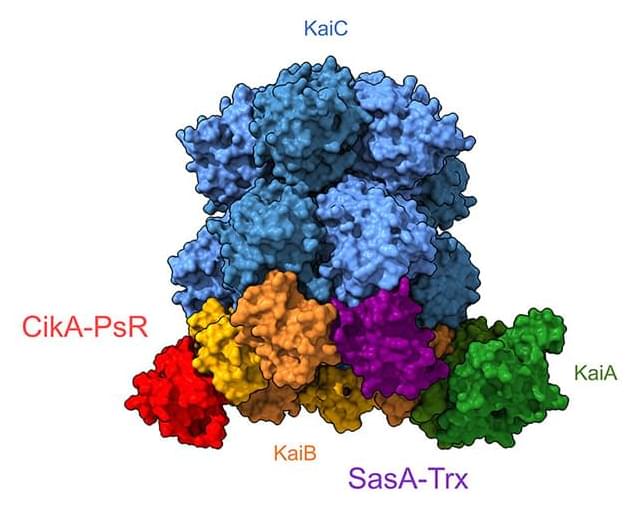Large language models are drafting screenplays and writing code and cracking jokes. Image generators, such as Midjourney and DALL-E 2, are winning art prizes and democratizing interior design and producing dangerously convincing fabrications. They feel like magic. Meanwhile, the world’s most advanced robots are still struggling to open different kinds of doors. As in actual, physical doors. Chatbots, in the proper context, can be—and have been—mistaken for actual human beings; the most advanced robots still look more like mechanical arms appended to rolling tables. For now, at least, our dystopian near future looks a lot more like Her than M3GAN.
The counterintuitive notion that it’s harder to build artificial bodies than artificial minds is not a new one. In 1988, the computer scientist Hans Moravec observed that computers already excelled at tasks that humans tended to think of as complicated or difficult (math, chess, IQ tests) but were unable to match “the skills of a one-year-old when it comes to perception and mobility.” Six years later, the cognitive psychologist Steven Pinker offered a pithier formulation: “The main lesson of thirty-five years of AI research,” he wrote, “is that the hard problems are easy and the easy problems are hard.” This lesson is now known as “Moravec’s paradox.”










Comments are closed.